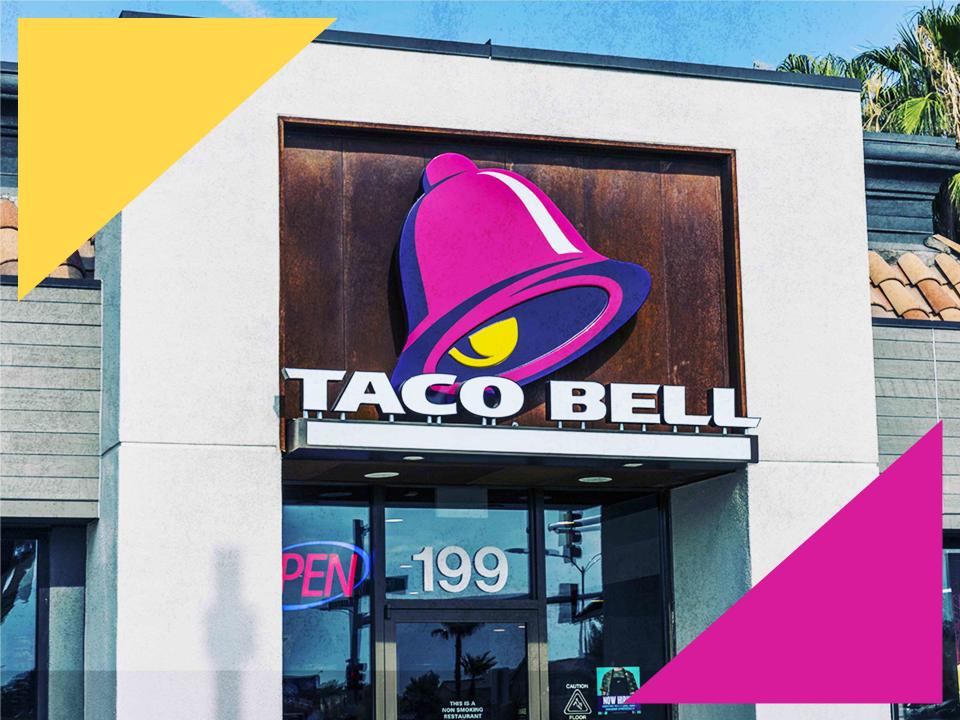Taco Bell Is Being Sued for Deceiving Customers
It raises interesting questions about the purpose and goals of advertising.

Shutterstock/Allrecipes
A New York man named Frank Siragusa is deeply unhappy about having to pay $5.49 for a Mexican Pizza at Taco Bell last September. When it arrived, the item appeared to have only half as much beef and bean filling as shown in an advertisement, a faux pas that Siragusa believes to be false advertising. He is now suing the restaurant chain.
A class-action lawsuit was filed on July 31 in the Eastern District of New York on behalf of Siragusa and other Taco Bell clients who may also be unhappy with the amount of filling they've received over the past three years at a Taco Bell location in New York. According to an article in The Washington Post, it is seeking $5 million from the company "for alleged violations of law banning unfair and deceptive trade practices."
The lawsuit contains a series of photos depicting various advertised products, including the Crunchwrap Supreme, Vegan Crunchwrap, Grande Crunchwrap, and Mexican Pizza, next to items that were actually received by customers. The differences are notable.
Siragusa also took issue with the fact that Taco Bell was serving less beef at a time when beef is expensive and inflation is high. People are struggling financially and their hard-earned dollars should not be wasted on skimpy portions.
The lawsuit does raise interesting questions about food advertising. Chains have encountered similar lawsuits in the past. One of Siragusa's lawyers was involved in a lawsuit against Burger King in Florida, where a man said his burger did not resemble what was advertised. Wendy's and McDonald's have been accused of similar fraudulent advertising in the past.
Food photography is a notoriously tricky business and often relies on nonedible products to look better. It would be interesting to see what would happen if food photos had to be taken using real ingredients, not props.
One commenter in the Washington Post said that "advertisements should be required to use food from an actual store and not produced in a special kitchen. Additionally no extra dressing for the studio should be allowed in advertisements, particularly no non-edible material, and no material not in the original item, some use diesel oil, glue, resin, and acrylic for ice, etc." (Glue is often used to replicate milk in cereal photo shoots.) No doubt meals would look far less appealing, but maybe that would spur fast food chains to rethink their presentation and ingredients—and to build customer trust.
At the same time, though, it should be common sense that advertising is inherently alluring and boastful in its attempt to convince people to consume. To consider a close-up food photo as absolutely accurate requires a fair degree of naiveté. Advertisements are highly curated, targeted, and refined depictions of an item that are meant to stir feelings of desire. The big question is how far off that depiction can they be before they're considered deceitful.
It will be interesting to see where Siragusa's lawsuit ends up, but likely many people will be closely examining their Mexican Pizzas in the coming days and weeks.

